A Folding, Fixed Blade: LiquidMetal’s Innovative New Knife
December 14, 2015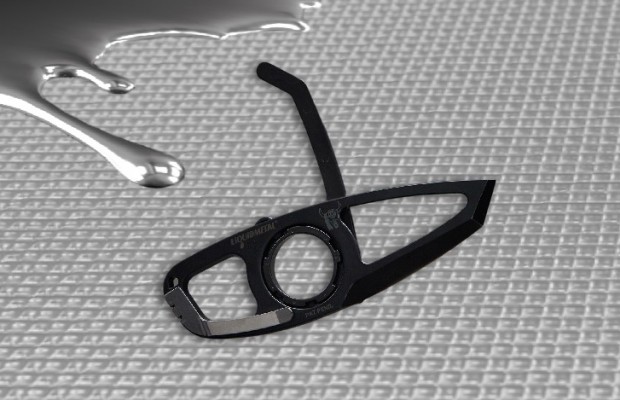
“It’s already pretty sharp out of the mold, but we sharpen it more,” says Matt Martin, Marketing Manager for LiquidMetal Technologies. The company recently began selling a knife on their website called the LiquidMetal knife. Remarkably, the knife is made up of only 2 pieces plus a stainless steel clip and doesn’t require any additional hardware. The main piece is a hollow blade and handle, essentially a fixed blade knife on its own. The second ancillary piece acts as a locking blade guard and when flipped, doubles as an extension of the handle. Both the blade/handle and the guard/extension are made of identical material: LiquidMetal’s alloy, the result of its proprietary manufacturing process. The two pieces fit together using what Martin refers to as a ‘barrel hinge lock’, LiquidMetal’s patent pending mechanism which leaves only a 0.0005″ space between the two parts.

“We’re just a metal parts manufacturer,” says Martin. “This is the only knife we’re probably ever going to sell. We have our own metal forming process and the knife is an example of the capabilities and benefits of that process”. Among other applications, the company also recently produced a component used to make the new Omega watch that 007 wears in the latest James Bond film ‘Spectre’.
The LiquidMetal process is somewhat similar to metal injection molding, a technology Kershaw experimented with in 2005 on a knife called the Offset. The knife was a Ken Onion designed folder with an injection molded blade. But, LiquidMetal Technology’s process is more advanced, and doesn’t require the presence of a binder or a secondary shrinking step. The technology offers the design flexibility of injection molding combined with dimensional tolerances equivalent to precision machining and a metal that is stronger, more flexible, and more resistant to corrosion than conventional steels. The alloy is harder than titanium but 53 Rockwell C is as hard as the material can become for now, according to the company.

The knife project was set in motion when Miltner Adams, a design studio that collaborated with Boker in the past, approached the company with the idea of using the LiquidMetal process to produce a knife. “They came to us and said ‘we want to design a knife with you guys’. The knife is a collaboration between us. They came to us with a 6-7 piece knife and our engineers reduced it to the two pieces it is now,” says Martin. Miltner Adams also distributes the LiquidMetal knife but in a non-anodized version. The technology may catch the eye of knife manufacturers, because fewer parts reduces assembly steps, product defects and the costs of producing each product.
The LiquidMetal knife bears some resemblance to the DPx Gear HIT Cutter released in 2014, which also uses a folding blade guard but requires additional hardware rather than the barrel hinge lock and provides added grip rather than an extended handle when open. At $320, the LiquidMetal knife doesn’t come cheap, but Martin points out it could be offered at lower prices if made in larger production runs. “The bulk of the cost is the tooling,” he says. The company has grown to a staff of 25, the majority of which work in Research & Development.
Knife feature in image: LiquidMetal knife
You may also like...
Featured
Design Minds

Grant Hawk Passes Away at 82
November 15, 2023Hawk Knives delivered deeply sad news to the knife world yesterday: Grant Hawk, one of the most innovative, boundary-pushing knife makers of the 20th century, passed away earlier this...
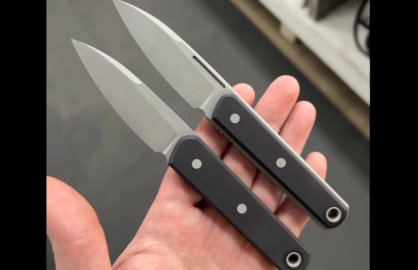
Justin Lundquist Turns Feist Folder into Custom Fixed Blade
April 25, 2023Justin Lundquist is giving fans of the Feist something new to fiend for with the Feist Fixed Blade. These custom pieces present the well-known design in an entirely new...
Latest News
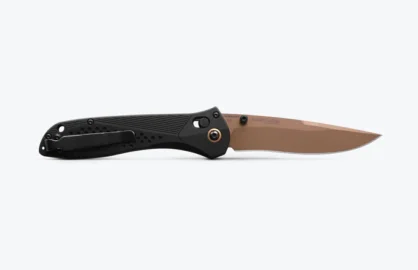
Benchmade’s 2nd Limited Edition Seven | Ten Drops Today
April 26, 2024The second, limited edition version of the Benchmade Seven | Ten released today. This one brings different materials to the table when compared to the first Gold Class Drop...
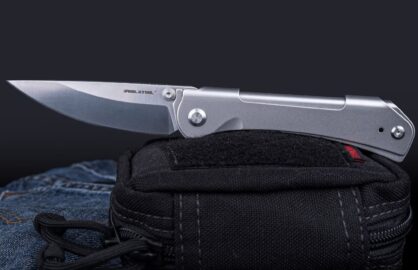
Poltergeist Works Doubles Down on Integral Design with Sylph
April 25, 2024Jakub Wieczorkiewicz of Poltergeist Works and Real Steel Knives are back together again, readying an upcoming model called the Sylph. Although aimed at the sub-$100 knife market, the Sylph...
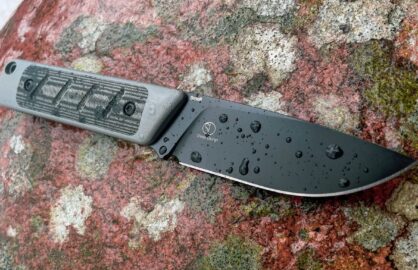
Kizer Smolt Sees Jonathan Styles Working in Fixed Blade Format
April 24, 2024New stuff inbound from Kizer soon, including the Smolt, a rugged, high-performance fixed blade with a compact form factor. There’s no arguing with the Smolt’s drop point blade shape:...
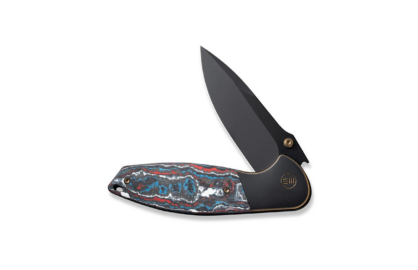
Peter Carey Returns to WE with Full-Size Nitro Follow-up
April 23, 2024Knife maker Peter Carey partnered up again with WE Knife Co., this time to release a full-size production model of his Nitro custom. The Nitro OG, as they’re calling...
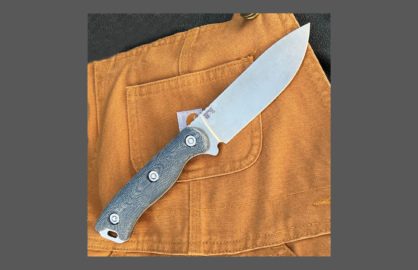
KA-BAR Custom Shop Renders Becker Design in MagnaCut
April 22, 2024Don’t let April close out without taking a peek at this new, limited edition Becker fixed blade from KA-BAR and its custom shop arm, State & Union. The BK76...
Facebook
ABOUT KnifeNews
KnifeNews delivers today's news for knife people like us. We report the latest news on new and popular knives, production knife companies, custom makers, innovations, and cover topics that are of interest to the knife carrying community.
LATEST
-
 April 26, 2024
April 26, 2024
-
 April 25, 2024
April 25, 2024
Poltergeist Works Doubles Down on Integral Design with Sylph
-
 April 24, 2024
April 24, 2024
Kizer Smolt Sees Jonathan Styles Working in Fixed Blade Format
-
Tags
featured Knives Benchmade Spyderco Boker CRKT Sponsored We Knife Co. knife business Civivi TOPS Survey Kizer Kershaw Zero Tolerance KnifeCenter.com Kickstarter Work Sharp Nick Shabazz Knife Gripes Readers' Choice Awards Buck KA-BAR Cold Steel Bestech SOG Design minds Victorinox Gerber New for 2017 Urban EDC Supply Ostap Hel Interest Dealers' Choice Awards New for 2019 Knife companies Knife Laws Jesper Voxnaes GiantMouse LionSteel
©knifenews.com 2022


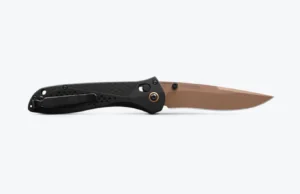
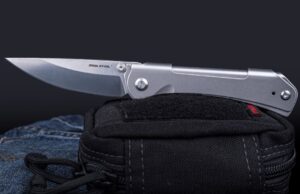
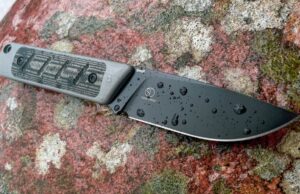
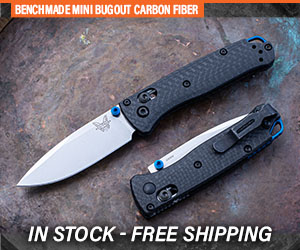





0 comments